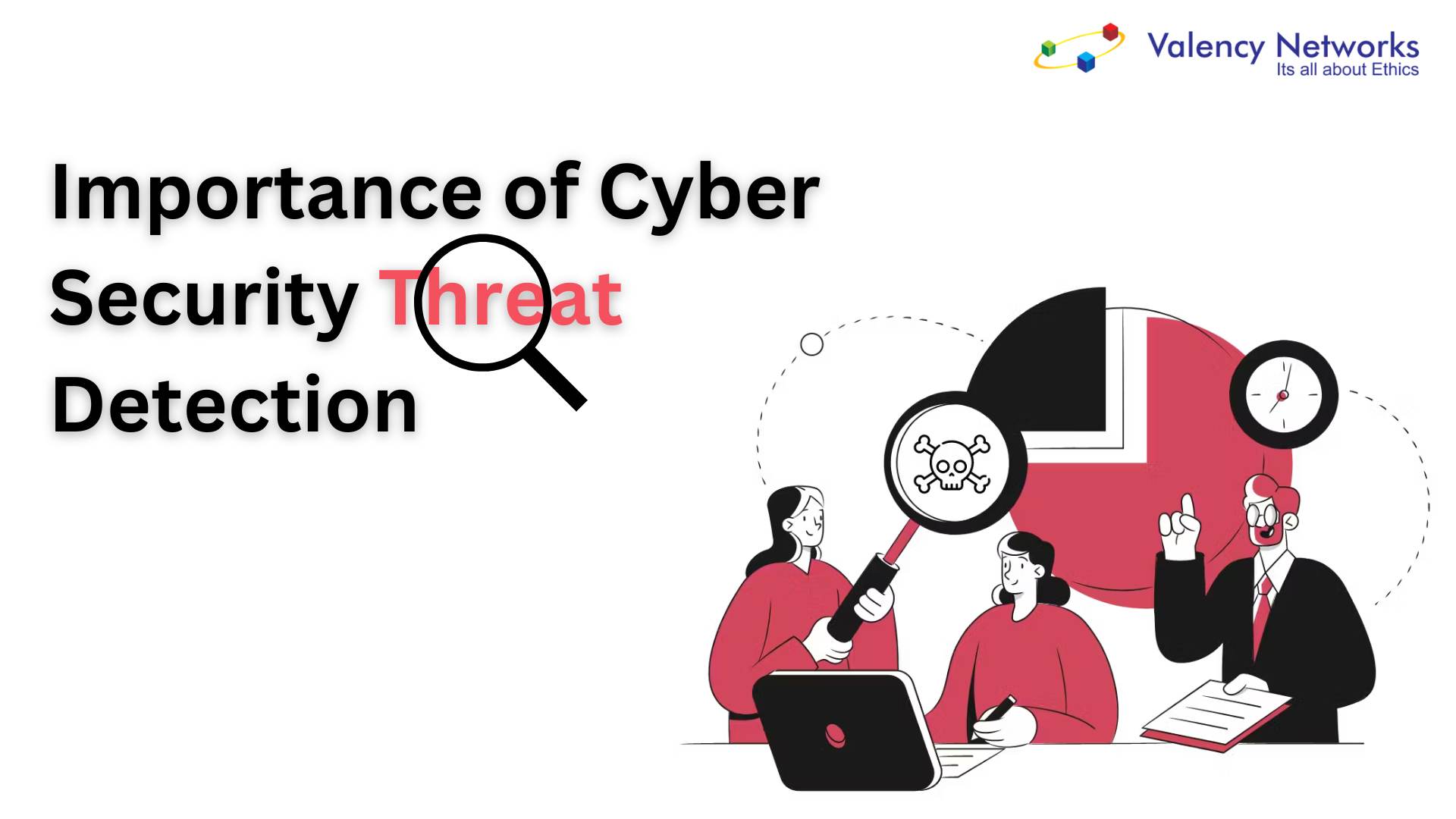- DORA Compliance – A Complete Guide by Valency Networks - 31/01/2025
- Is ICMP Timestamp Request Vulnerability worth considering - 31/12/2024
- Understanding Threat Intelligence in ISO 27001-2022 - 21/11/2024
In today’s digital age, the threat landscape is constantly evolving, making it crucial for individuals and organizations to prioritize threat detection. By staying one step ahead of potential threats, we can mitigate risks and protect sensitive information. This article explores the importance of threat detection and highlights strategies to enhance our security posture.
The Role of Threat Detection in Cybersecurity
Understanding the Threat Landscape
- Cybercriminals are becoming more sophisticated, utilizing advanced techniques to exploit vulnerabilities.
- The increasing number of connected devices and reliance on technology has expanded the attack surface.
- Threat actors are constantly adapting their tactics, making it essential to stay informed about emerging threats.
Benefits of Early Threat Detection
- Early detection allows for prompt response and mitigation, minimizing potential damage.
- Identifying threats at an early stage helps prevent data breaches and unauthorized access.
- Proactive threat detection enhances overall cybersecurity posture and reduces the impact of attacks.
Tools and Technologies for Threat Detection
- Intrusion Detection Systems (IDS) and Intrusion Prevention Systems (IPS) monitor network traffic for suspicious activities.
- Security Information and Event Management (SIEM) solutions aggregate and analyze security logs to identify potential threats.
- Endpoint detection and response (EDR) tools provide real-time visibility into endpoint activities, enabling quick threat detection.
Strategies for Effective Threat Detection
Implementing a Defence-in-Depth Approach
- Layered security measures, such as firewalls, antivirus software, and access controls, provide multiple barriers against threats.
- Regularly update and patch software and systems to address known vulnerabilities.
- Employ strong authentication mechanisms, including multi-factor authentication, to prevent unauthorized access.
Conducting Regular Security Audits and Assessments
- Regularly review and assess security controls to identify potential weaknesses.
- Conduct penetration testing to simulate real-world attacks and identify vulnerabilities.
- Stay updated with industry best practices and compliance requirements to ensure a robust security posture.
Employee Education and Awareness
- Train employees on cybersecurity best practices, including recognizing phishing emails and avoiding suspicious websites.
- Foster a culture of security awareness and encourage reporting of potential security incidents.
- Regularly communicate and reinforce security policies and procedures to all employees.
Conclusion
Threat detection plays a vital role in safeguarding our digital assets and maintaining a secure environment. By understanding the evolving threat landscape, leveraging appropriate tools and technologies, and implementing effective strategies, we can stay one step ahead of potential threats. Prioritizing threat detection is essential for individuals and organizations to protect sensitive information and mitigate the risks associated with cyberattacks.

